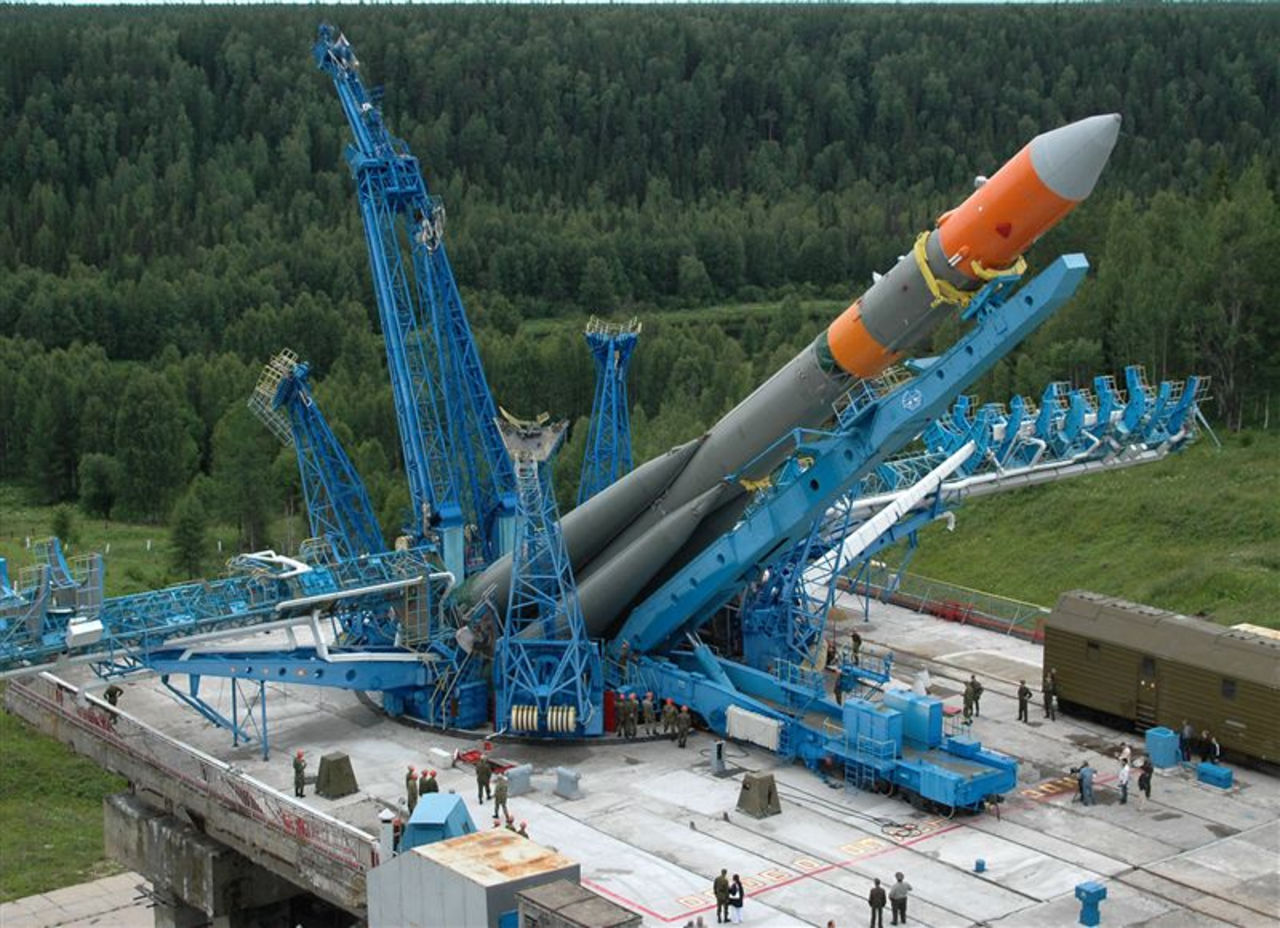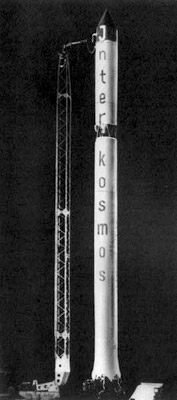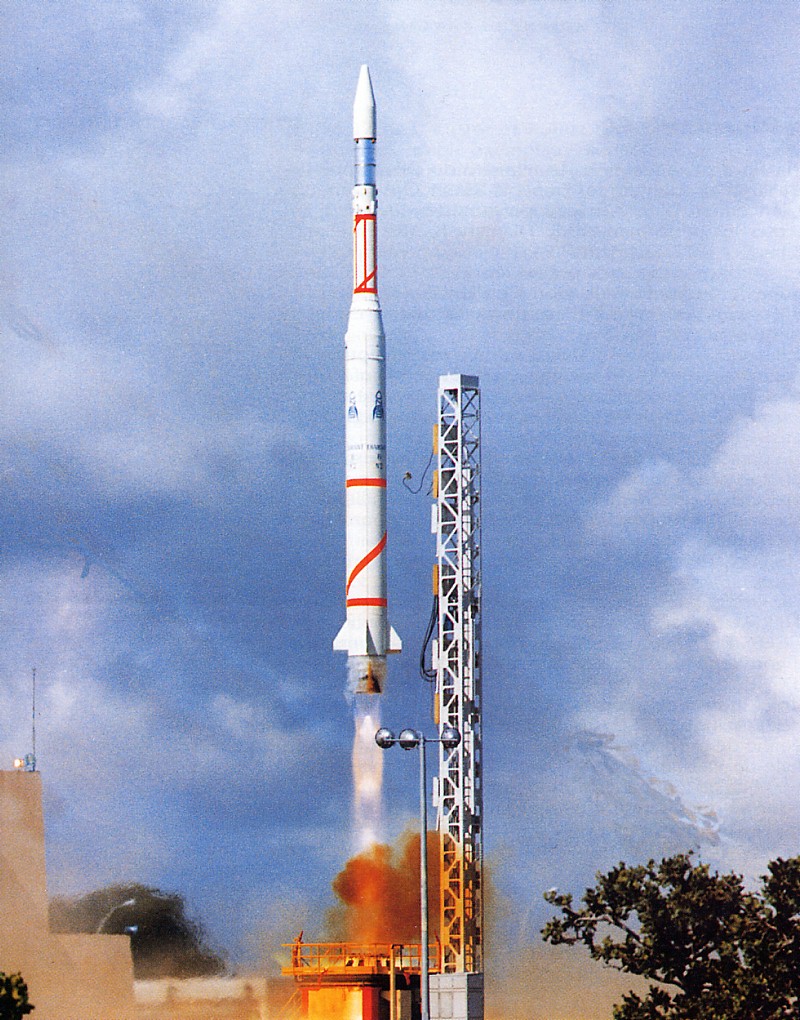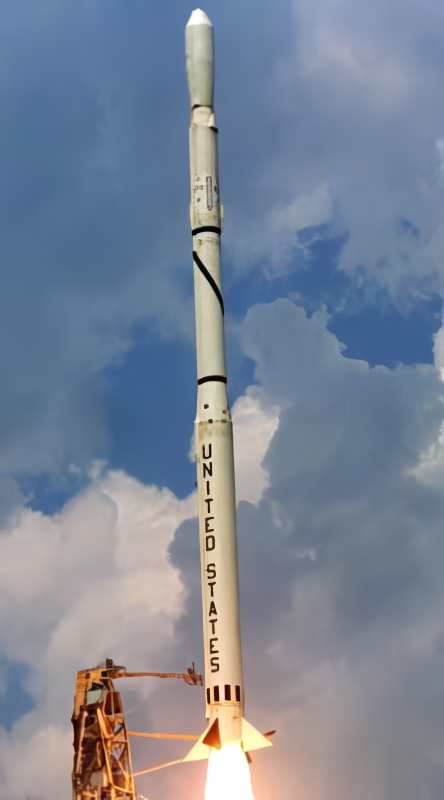Previous Spaceflight Launches
Filter by Agency, Locations or Vehicles
Show All LaunchesMolniya-M | Molniya-1 17
Russian Space Forces | RussiaBaikonur Cosmodrome, Republic of Kazakhstan
Dec. 25, 1970, 3:50 a.m.
Kosmos-3M | DS-P1-M 2
Russian Space Forces | RussiaPlesetsk Cosmodrome, Russian Federation
Dec. 22, 1970, 9:30 p.m.
Vostok 8A92M | Tselina-D 1
RKK Energiya | RussiaPlesetsk Cosmodrome, Russian Federation
Dec. 18, 1970, 4:15 p.m.
Kosmos 11K63 | DS-P1-Yu 38
Strategic Rocket Forces | RussiaPlesetsk Cosmodrome, Russian Federation
Dec. 18, 1970, 9:39 a.m.
Kosmos-3M | Tselina-O 7
Russian Space Forces | RussiaPlesetsk Cosmodrome, Russian Federation
Dec. 16, 1970, 4:29 a.m.
Voskhod | Zenit-4M 9
Soviet Space Program | RussiaBaikonur Cosmodrome, Republic of Kazakhstan
Dec. 15, 1970, 10 a.m.
Diamant B | Péole
Société d'étude et de réalisation d'engins balistiques | FranceGuiana Space Centre, French Guiana
Dec. 12, 1970, 1:04 p.m.
Kosmos-3M | Zaliv 7
Russian Space Forces | RussiaPlesetsk Cosmodrome, Russian Federation
Dec. 12, 1970, 1 p.m.
Scout B | Uhuru
Vought | United States of AmericaBroglio Space Center, Kenya
Dec. 12, 1970, 10:53 a.m.
Thor Delta N6 | NOAA 1
McDonnell Douglas | United States of AmericaVandenberg SFB, CA, USA
Dec. 11, 1970, 11:35 a.m.









